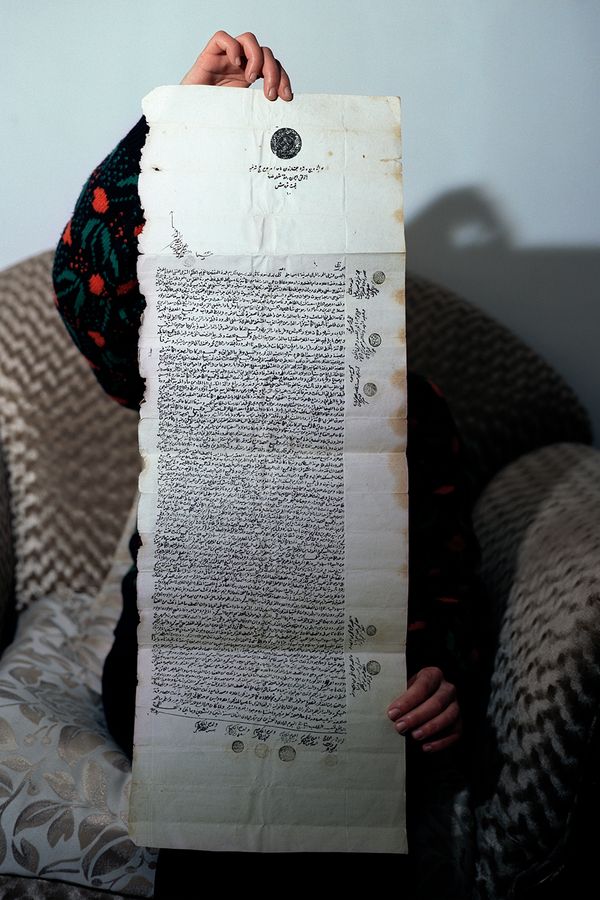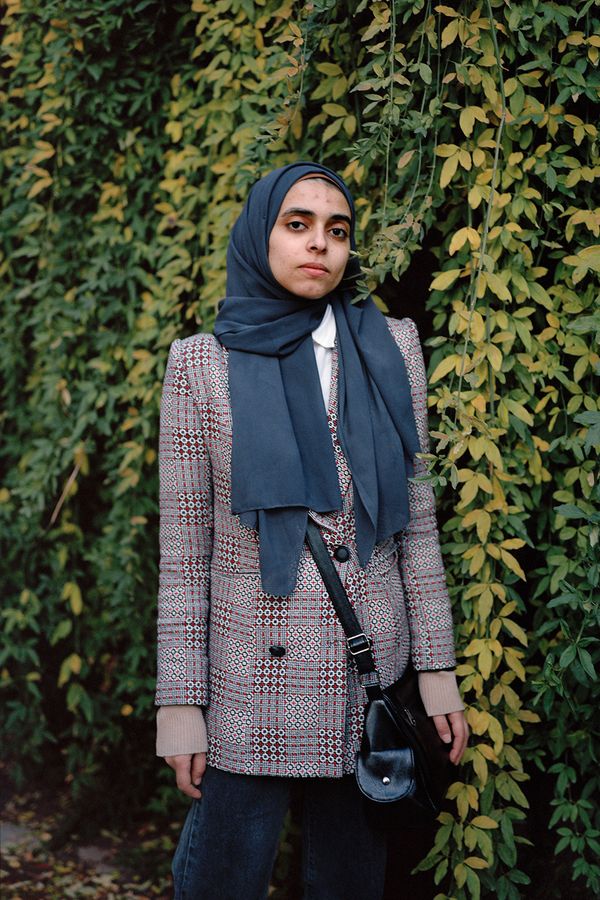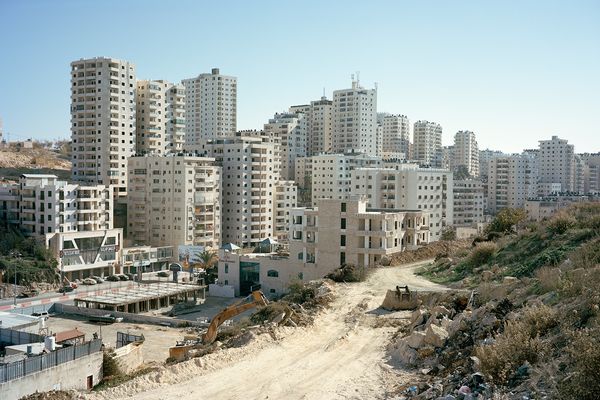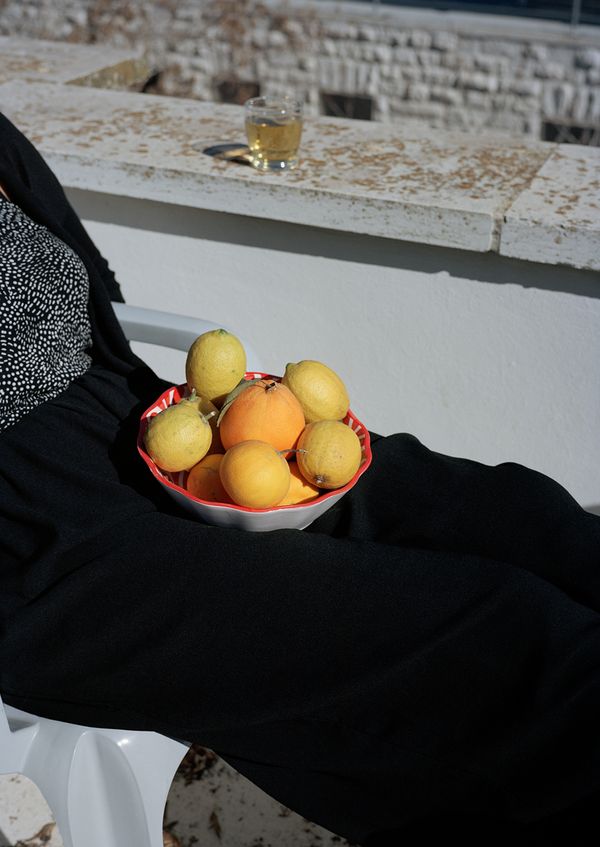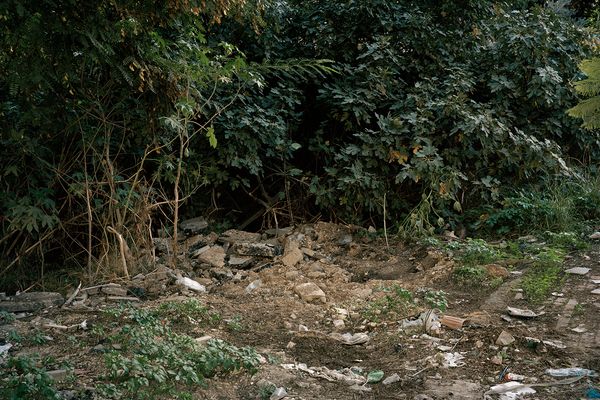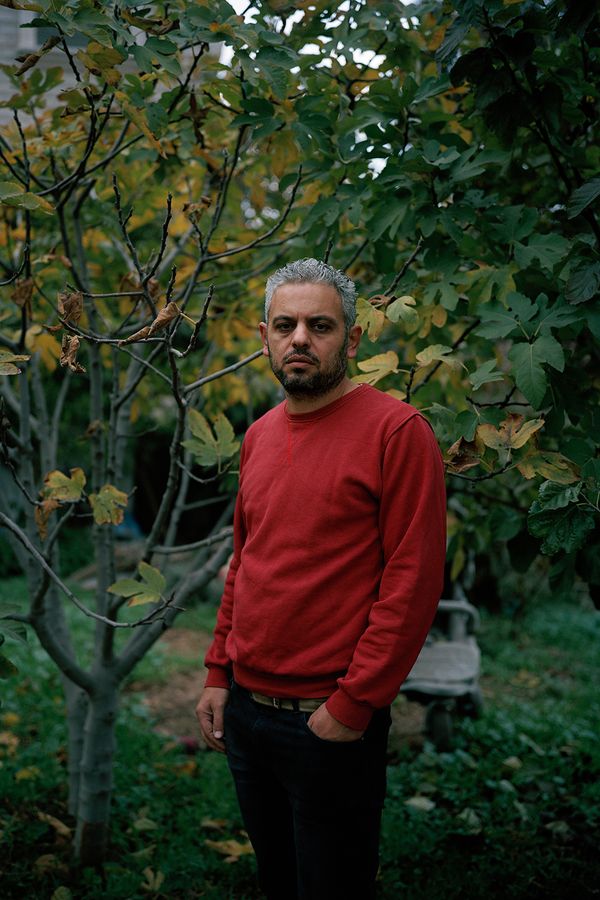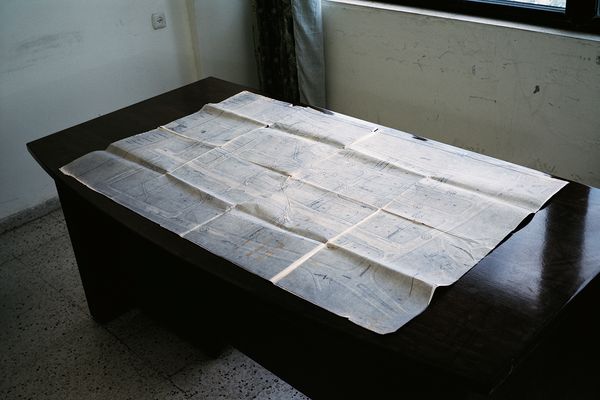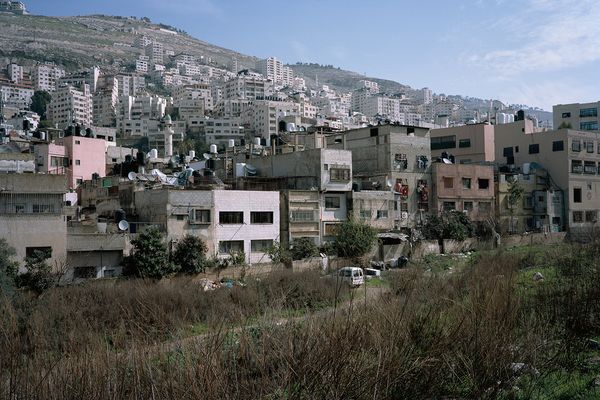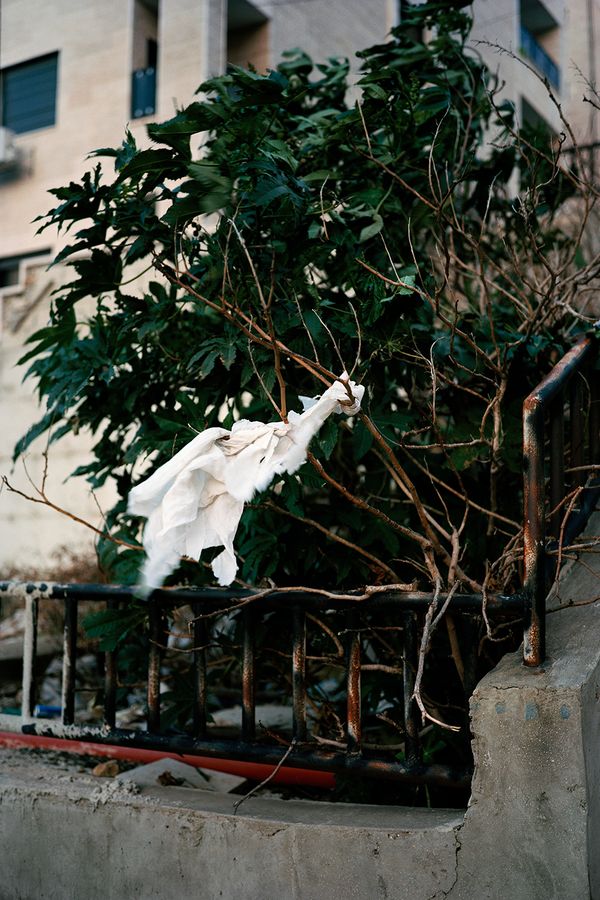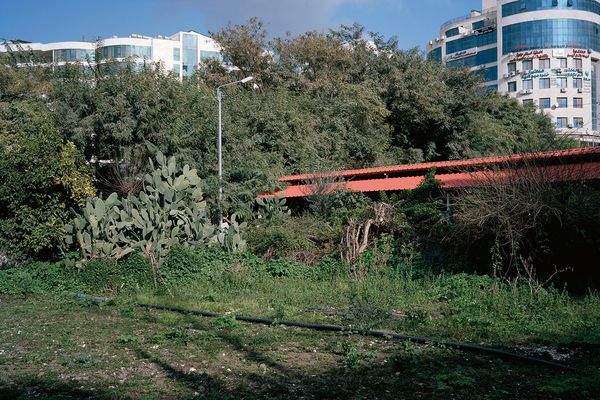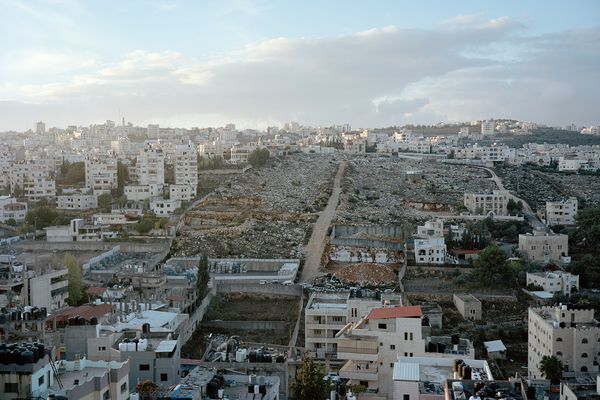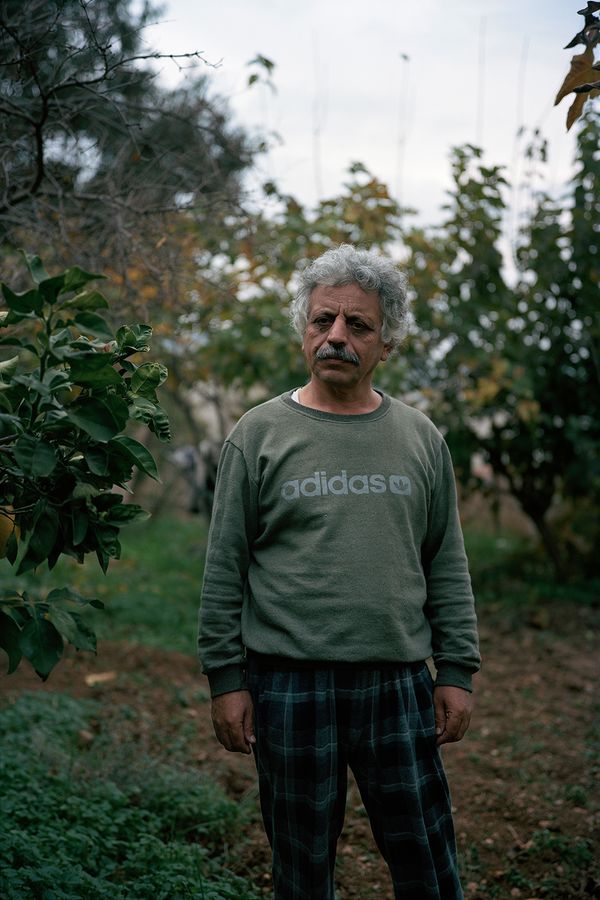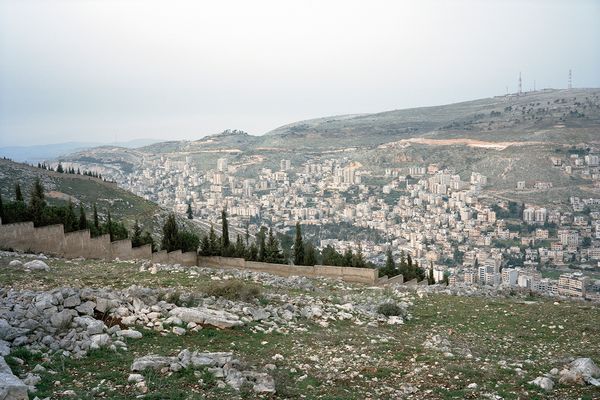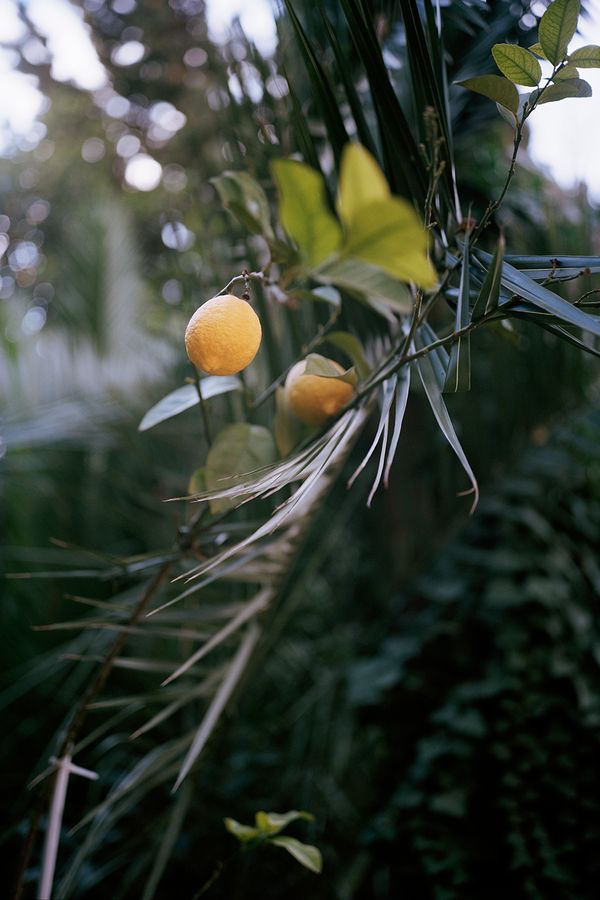Waqf
-
Dates2017 - 2023
-
Author
- Topics Documentary
- Locations Palestine, Jordan
In Palestine, waqf (wafk), is a donation made by a private individual to a public utility or to one or more other individuals. Through this consecrecation, the donation becomes inalienable.
This project, entitled "Waqf", I've been working on since 2017 in Nablus (Palestine).
It was in 2017, during a trip to Amman to visit my friend Mustapha, that I discovered the existence of the waqf discovered the existence of waqf. Oussama Fakhreddine, Mustapha's father, originally from Nablus, tells me that on the other side of the border there are lands that have belonged to his family for centuries under the law of waqf.
In Islamic law, waqf (wafk) refers to a donation made by an individual to a charitable organization or to one or more other individuals. The property becomes unalienable.
Forced to leave Palestine for Jordan at the time of the Six-Day War (1967), it is now a distant cousin, Hossam, who has remained in Palestine, who manages his land. I then meet Farid, Osama's brother, also exiled in Jordan.
He talks to me about the limits and possibilities of waqf, about the conception of the act itself, which Handwritten on parchment based on oral testimony, this document contains the geographical indications for accessing to the acquired land. In fact, the waqfiyya is drawn up based on the oral testimony of the first owner of the land. At once a testimonial, an official document and a map, my research to question how to account for the boundaries defined in such a document. These constantly changing, particularly in Palestine.
My work is based, first of all, on the study of a waqfiyya, which is both the legal deed and the map on which the boundaries of each plot of land are detailed. I visit the site to photograph it. The images produced document the current situation of the plots. I then set out to find the owners or inhabitants of the plots. The photographed or filmed encounters constitute a new documentary stratum revealing the complexity of the situation, both intimate and collective drama. This stratum brings together data from the waqfiyya, the current state of the land and the vision (memorial or customary) of these people.
Confronting the testimony, the map and the topographical reality of borders became a priority for me in my documentary research. Both a map and proof of acquisition, the waqfiyya is then preciously transmitted through the family. As I was able to travel back and forth between Palestine and Jordan using my French passport, I took on the role of messenger throughout the project, bringing images back and forth between separated families. He takes me to the famous waqf lands on the outskirts of the city, which give the impression of derelict land. Hossam and his daughter Shahd help me understand what waqf means to them. On the Jordanian side, it represents the trace of a strong heritage, the proof of an origin so often undermined by the non-existence of a state. Here, it's not just a bequest or an inheritance, it's real proof of existence. Proof of legitimacy, proof of resistance. The boundaries of the land are fine-tuned and registered not only for traditional reasons, but also to preserve the land and its resources.
This project focuses on the growth of documents, informations and perceptions on these sites, in a way making them see and speak, and thus revealing their complex layers of life.
To leave traces and form bonds.
